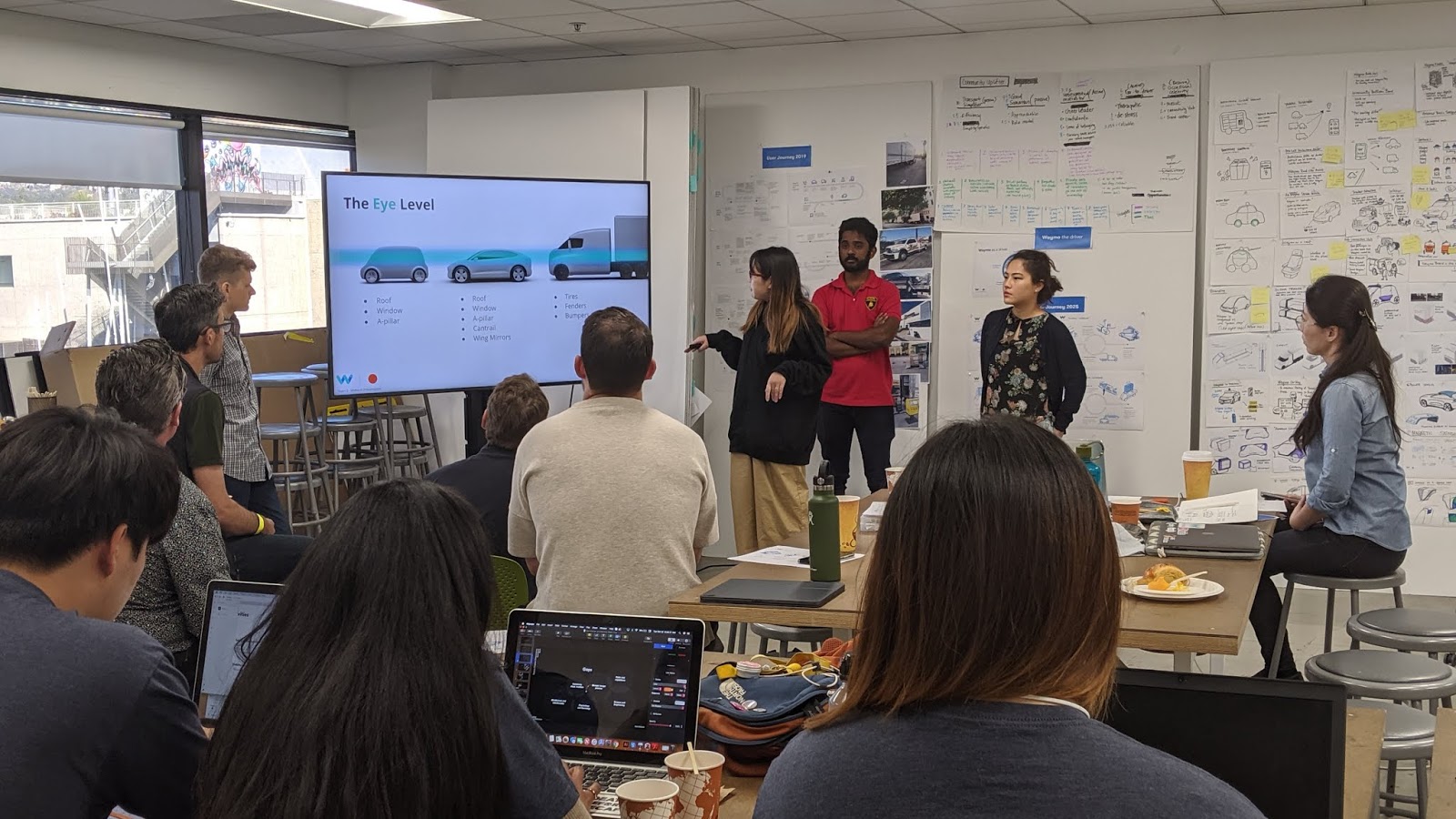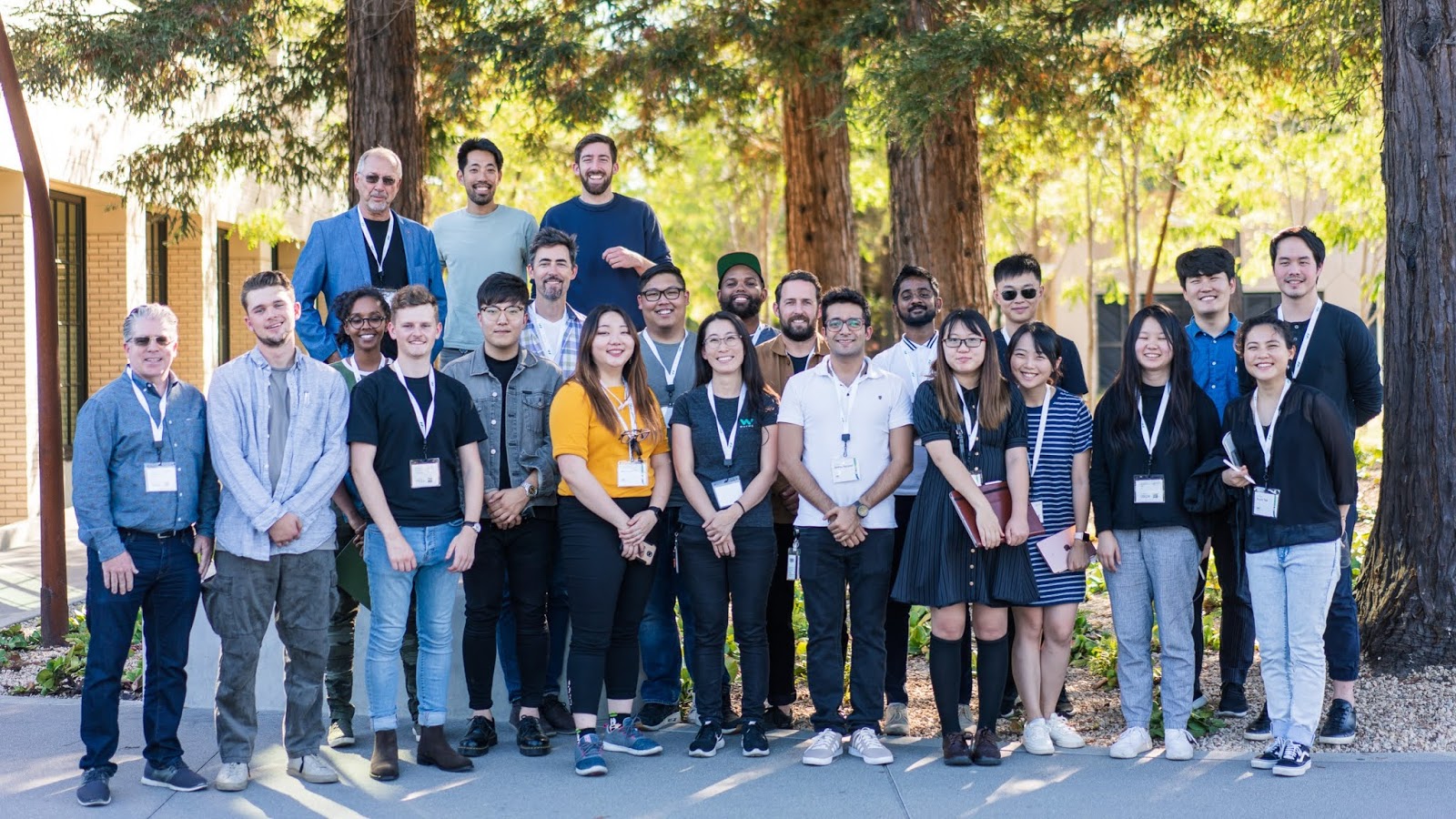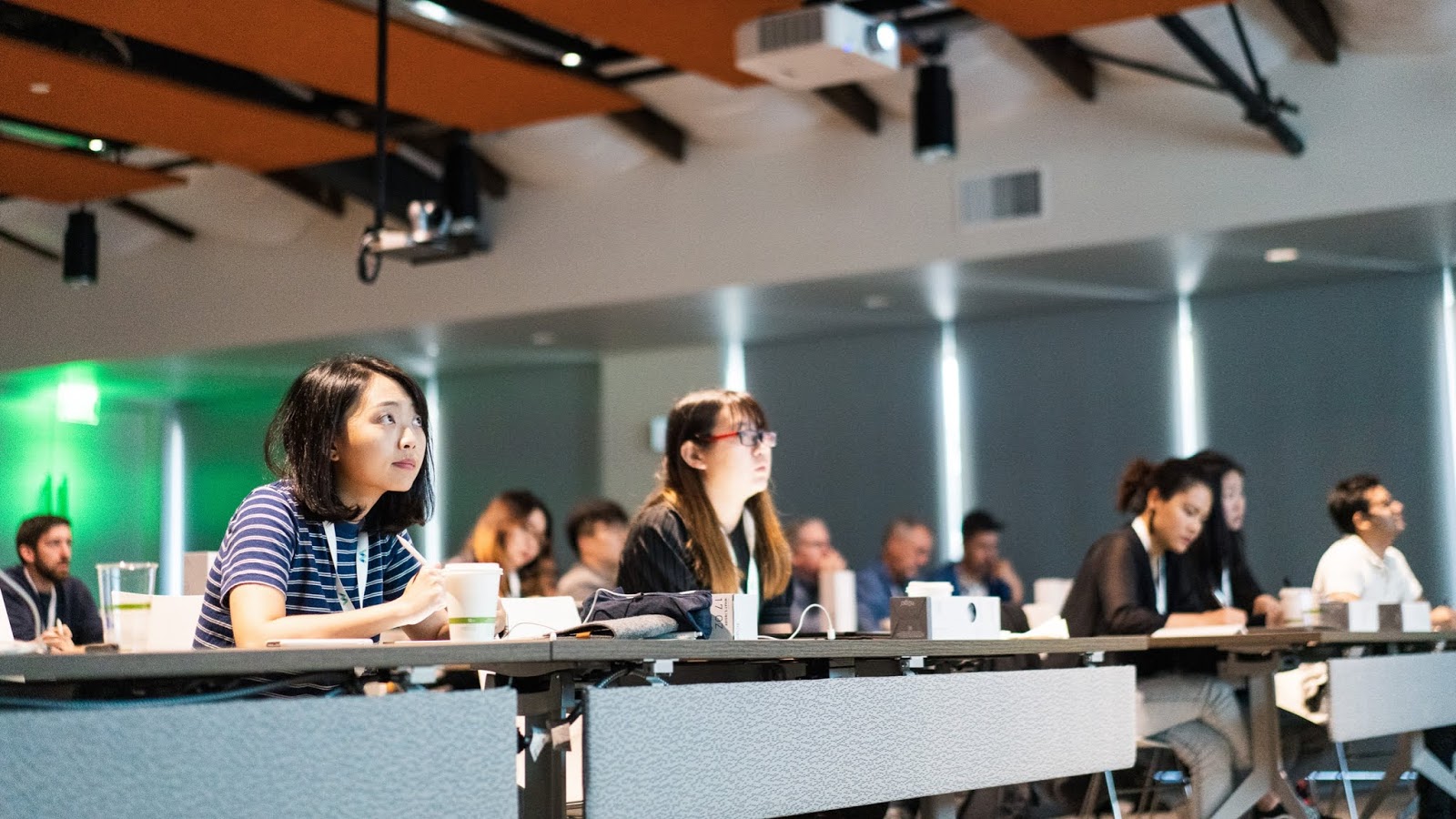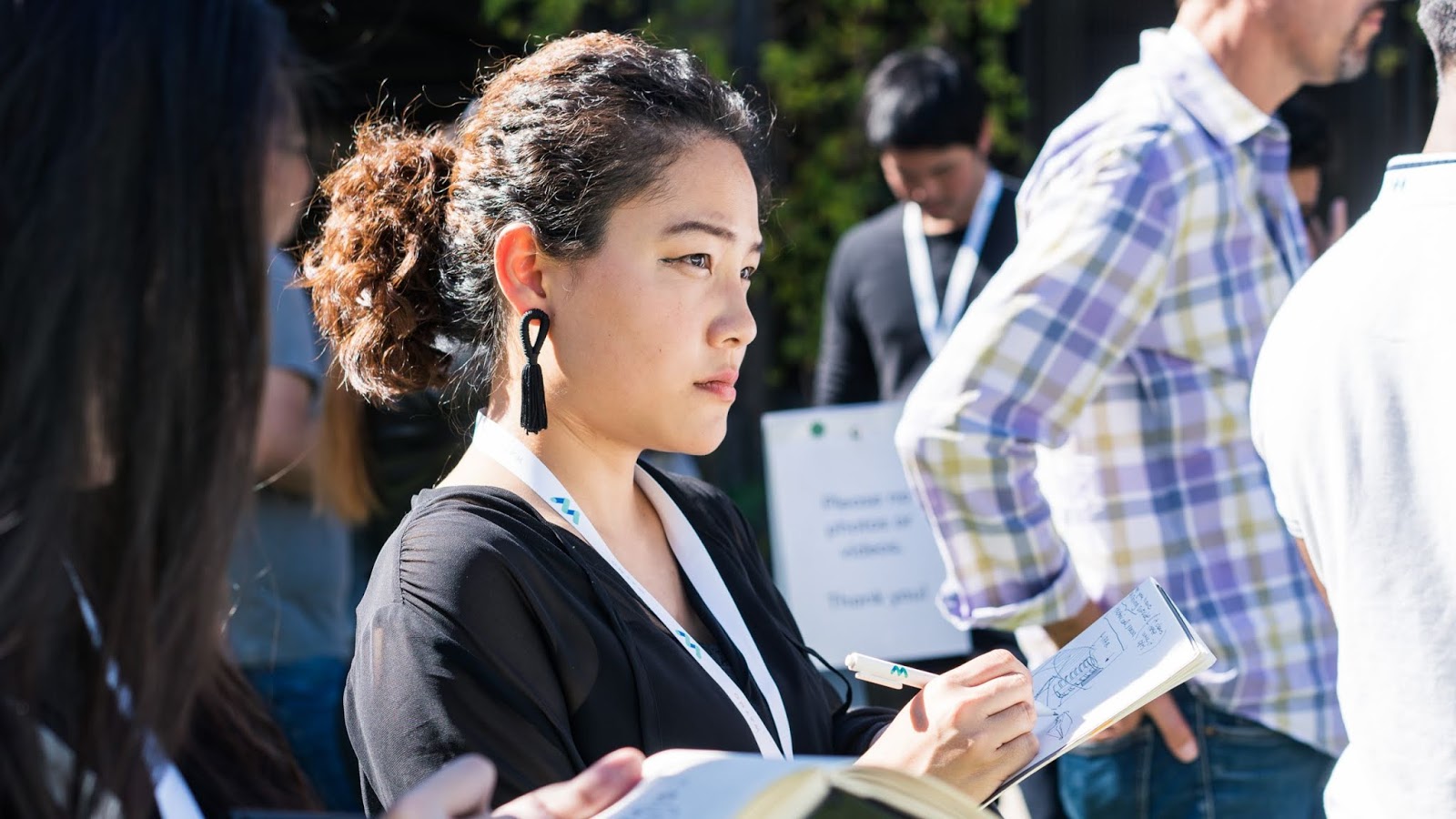This Fall term, one of the College’s sponsored projects was a partnership with Waymo, the company that started as Google’s self-driving car project. Two seventh term students who participated in the class, Nancy Tsai, Product Design and Joseph Robinson, Transportation Design, wrote about their experiences for Waymo’s blog, Waypoint, re-posted here with permission.
For the project, Waymo asked us to share our ideas on several forms of transportation, including trucks, cars, or even an entirely new form of transportation, and how people could interact with the Waymo Driver on those platforms. Through the process, the Waymo team encouraged us to think unconventionally, reminding us that we shouldn’t be afraid to propose radical ideas and not to fall back on traditional methods used in car design.
We had both heard of Waymo before the project, mostly in articles covering self-driving vehicles, but it wasn’t until Waymo released their Firefly prototype that people started talking more about how driverless cars might be designed. So, when we signed up to join the project with Waymo, we were excited to see what the team was looking for from ArtCenter students, as well as curious and eager to see how our backgrounds would be valuable to them.
Our semester began with a visit to Waymo’s headquarters in Mountain View, California, where we experienced Waymo’s self-driving technology and met with representatives from across the company. They each provided us with a wide variety of insights and helped us understand the different facets to consider when designing the Waymo Driver. For example, the engineers emphasized how the sensor suite should be tailored for each platform, taking into consideration their varying dimensions and characteristics. Meanwhile, the branding team wanted to maintain a consistent brand aesthetic across all platforms.
To tackle this challenge, our instructors paired us in groups of four with students from distinct majors ranging from user experience and brand strategy to transportation and product design. Working within a diverse team challenged us to collaborate toward a common goal despite coming from different disciplines, helping us tell a larger design story than we usually do in a strictly industrial design-focused project.

ArtCenter students presenting their midterms to Waymo’s Head of Design, YJ Ahn. Image courtesy of Waymo
It was a huge learning experience to balance multiple stakeholders’ unique needs while simultaneously applying one main idea to all the individual aspects of a vehicle. Each component has their own attributes but must communicate a clear, consistent message to the user.
The design of the future of transportation is wide open. While it’s hard to predict how transportation will develop, we believe it will not just be about improving today’s transportation, but also about tapping into a new reality.
— Nancy Tsai and Joseph Robinson
NOTE:
Spring 2020 Sponsored Projects include: Make Metals Work—Metal Finishing Association of Southern California (MFASC), Designing for Mental Wellness among Cancer Patients—Blue Note Therapeutics, Life Without Plastic—Newell Brands, B2B and B2C Branding and Packaging with Sustainable Solutions—SIG and Curating the Run Experience – Under Armour. For more information and information about enrolling in these classes, refer to the Spring 2020 Open Electives and TDS Guide. For more information about Sponsored Projects, visit the Educational Partnerships website or contact Meredith.Madnick@artcenter.edu.











